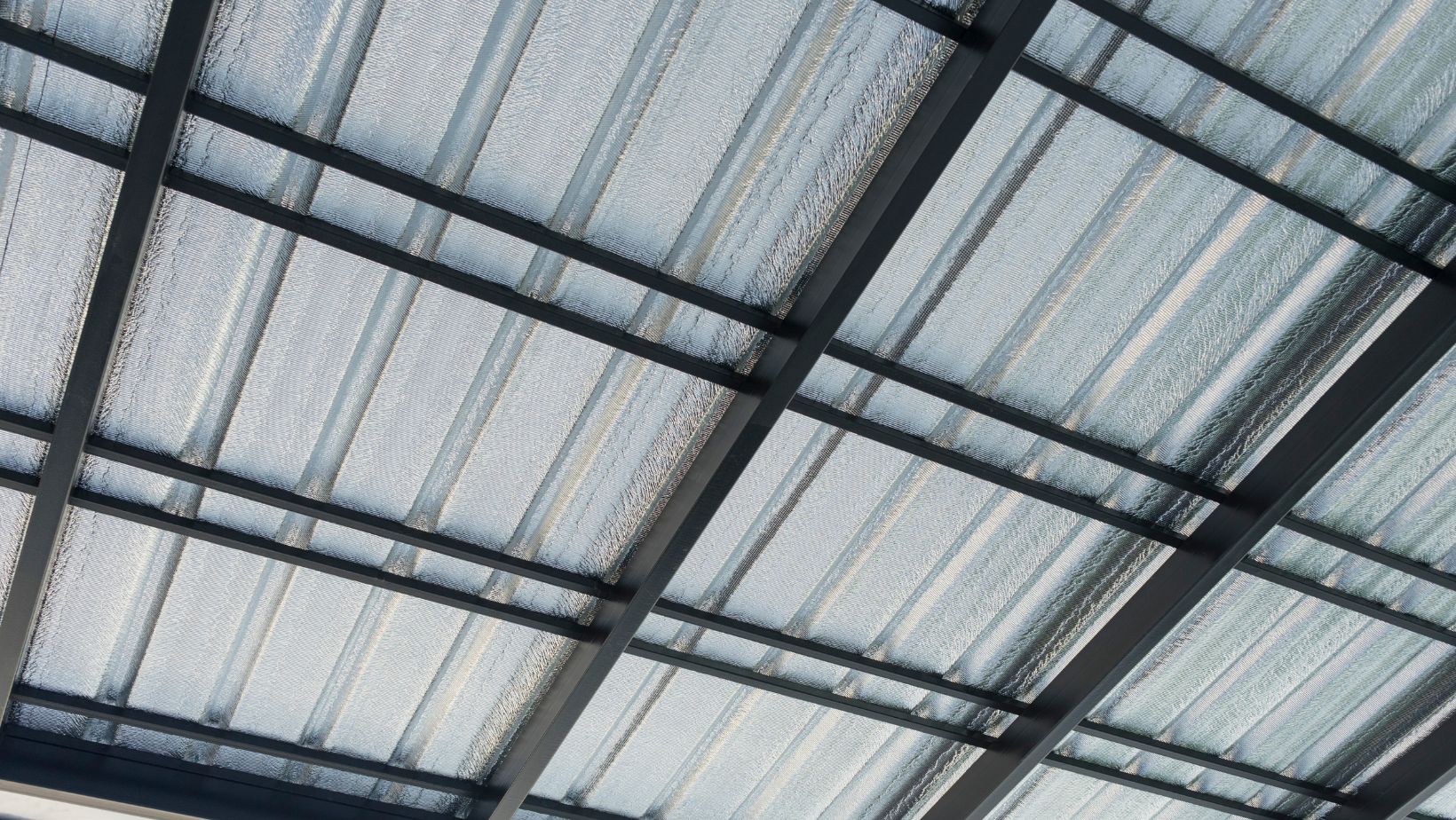In the Lone Star State, where the weather can be as unpredictable as it is extreme, the risk of wildfires is a serious concern for homeowners. Protecting your home against the threat of fires begins with making wise choices when it comes to roofing materials. A fire-resistant roof can be a critical line of defense in safeguarding your Texas home. In this blog post, we will explore various roofing materials known for their exceptional fire resistance. From traditional asphalt shingles to metal, concrete, clay, synthetic materials, wood, and even slate, we’ll delve into the features, benefits, and considerations of each roofing option. By the end, you’ll have a better understanding of which roofing materials offer the best fire resistance for your Texas home.
Asphalt Shingles
Asphalt shingles are a popular roofing choice in Texas due to their affordability and versatility. When it comes to fire resistance, asphalt shingles are classified into three categories: Class A, Class B, and Class C, with Class A being the most fire-resistant. Class A asphalt shingles are constructed with a fiberglass base and have a layer of fire-resistant mineral granules. These shingles provide excellent protection against the spread of flames and are ideal for areas prone to wildfires. Class B and Class C shingles offer varying degrees of fire resistance, with Class B providing better protection than Class C.
While asphalt shingles offer decent fire resistance, they may not be the best choice for homeowners seeking the highest level of protection against wildfires. They can be vulnerable to flying embers and can ignite under extreme heat. However, by choosing Class A asphalt shingles and ensuring proper installation, you can enhance the fire resistance of your roof. It’s essential to consult with roofing experts like Shield Roofing to assess your specific needs and determine whether asphalt shingles are suitable for your Texas home.
Metal Roofing
Metal roofing materials, such as steel, aluminum, and copper, are gaining popularity in Texas for their exceptional fire resistance. Metal roofs are typically rated as Class A fire-resistant, making them an excellent choice for homeowners in fire-prone areas. These roofs are less likely to ignite from sparks or embers and can provide valuable protection during wildfires. Metal roofing is also known for its durability, longevity, and low maintenance requirements, making it a practical and cost-effective choice for Texas homeowners concerned about fire safety.
One of the advantages of metal roofing is its ability to shed snow and debris, reducing the risk of accumulation that can potentially fuel fires. Additionally, metal roofs are less susceptible to rot, mold, and pest infestations, further increasing their appeal for Texas homeowners. While metal roofing may have a higher upfront cost compared to some other materials, the long-term benefits, including fire resistance, energy efficiency, and longevity, make it a compelling choice for safeguarding your Texas home against wildfires. When considering metal roofing, consult with Shield Roofing, a trusted roofing expert in the area, to explore your options and ensure proper installation.
Concrete and Clay Tiles
Concrete and clay tiles are renowned for their exceptional fire resistance and have been used for centuries in regions prone to wildfires. These roofing materials are typically rated as Class A fire-resistant and are excellent at withstanding the heat and flames of a fire. The density and composition of concrete and clay tiles make them highly resistant to ignition, making them a preferred choice for homeowners seeking the utmost protection against wildfires in Texas.
In addition to their fire resistance, concrete and clay tiles offer other advantages. They are durable, long-lasting, and virtually maintenance-free, making them a cost-effective roofing solution in the long run. Furthermore, these tiles provide excellent insulation, helping to regulate indoor temperatures and reduce energy consumption. Their aesthetic appeal and variety of styles and colors make them a popular choice for homeowners looking to enhance the visual appeal of their homes while ensuring fire safety. When considering concrete and clay tiles, consult with Shield Roofing to explore the design options and benefits of these fire-resistant roofing materials for your Texas home.
Synthetic Roofing Materials
Synthetic roofing materials, such as polymer and composite roofing, are emerging as attractive options for homeowners in Texas seeking fire-resistant roofing solutions. These materials are designed to mimic the appearance of natural materials like wood or slate while offering superior fire resistance. Synthetic roofing materials are typically Class A fire-rated, making them an excellent choice for areas prone to wildfires. They are engineered to resist ignition and spread of flames, providing homeowners with peace of mind in fire-risk regions.
Apart from their fire-resistant properties, synthetic roofing materials offer additional advantages. They are lightweight, durable, and resistant to moisture, rot, and pests. Synthetic roofs require minimal maintenance and can withstand the harsh Texas climate, including intense sunlight and heavy rains. The versatility in design and style options allows homeowners to achieve their desired aesthetic without compromising on fire safety. When considering synthetic roofing materials, consult with Shield Roofing to explore the available options and assess whether they align with your roofing needs and design preferences.
Wood Shingles and Shakes
While wood shingles and shakes can offer a charming and rustic aesthetic to your Texas home, they require special considerations when it comes to fire resistance. Traditional wood roofing materials are not inherently fire-resistant and are typically rated as Class C or lower in terms of fire resistance. However, homeowners in Texas can take steps to improve the fire resistance of wood roofing.
Fire treatments and coatings are available to enhance the fire resistance of wood shingles and shakes. These treatments can reduce the risk of ignition and slow down the spread of flames in the event of a wildfire. It’s essential to consult with a roofing expert like Shield Roofing to ensure that the wood roofing materials you choose are treated properly and comply with local fire safety regulations. While wood roofing may provide a desirable aesthetic, it’s crucial to weigh the aesthetic appeal against the fire risk and take appropriate measures to mitigate that risk.
Slate Roofing
Slate roofing is renowned for its natural fire resistance, making it an excellent choice for homeowners in Texas concerned about wildfires. Slate is a naturally occurring material that does not readily ignite, making it classified as Class A fire-resistant. Its unique composition and density make it an ideal choice for areas prone to wildfires, as it can withstand the intense heat and flames.
In addition to its exceptional fire resistance, slate roofing offers numerous benefits. It is incredibly durable and can last for centuries, making it a sustainable and long-term roofing solution. Slate is resistant to rot, mold, and pests, further enhancing its appeal for Texas homeowners. While slate roofing may have a higher upfront cost, its longevity and fire resistance make it a valuable investment for protecting your home. If you’re considering slate roofing, consult with Shield Roofing to explore the options available and ensure that it meets your roofing needs.
Impact of Building Codes and Regulations
In Texas, building codes and regulations play a crucial role in ensuring fire safety in residential roofing. These codes specify the minimum requirements for fire-resistant roofing materials and installation practices. It’s essential for homeowners to be aware of and comply with local building codes and regulations when selecting roofing materials. Consulting with a reputable roofing expert like Shield Roofing is instrumental in navigating these requirements and ensuring that your roofing project aligns with fire safety standards.
Building codes may vary by location within Texas, and it’s essential to stay informed about any updates or changes that may affect your roofing project. Adhering to these codes not only enhances fire safety but also ensures that your roof meets structural and safety standards, providing you with peace of mind.
Selecting the right roofing materials for your Texas home is a critical decision, particularly in regions prone to wildfires. Fire-resistant roofing materials like metal, concrete, clay tiles, synthetic options, and slate can provide the highest level of protection against the spread of flames and embers. When making your choice, it’s crucial to consult with roofing experts like Shield Roofing to assess your specific needs and ensure that your roofing project aligns with fire safety regulations. By choosing the right roofing materials, you can enhance the fire resistance of your Texas home and safeguard your property and loved ones in the face of wildfire risks.


